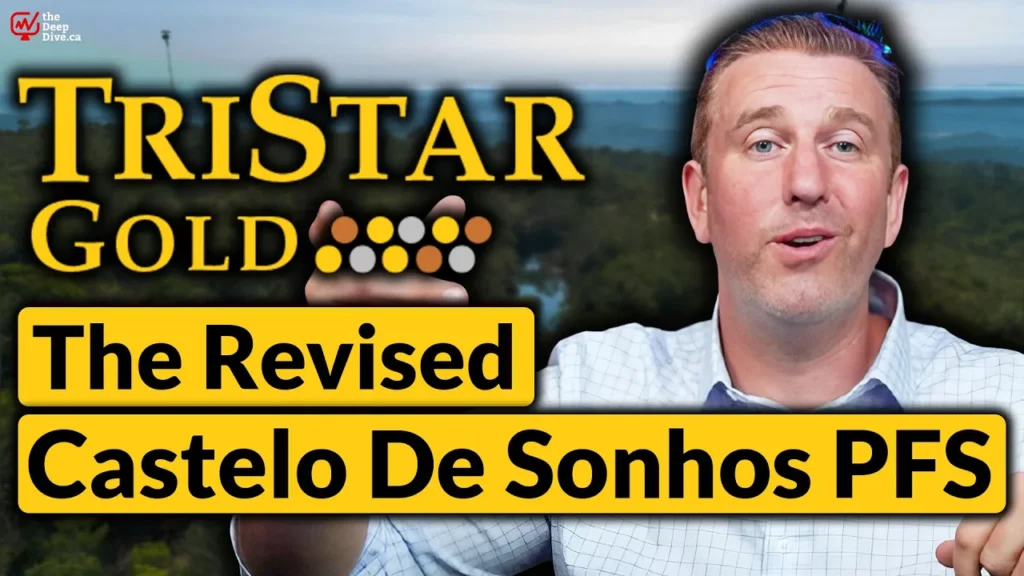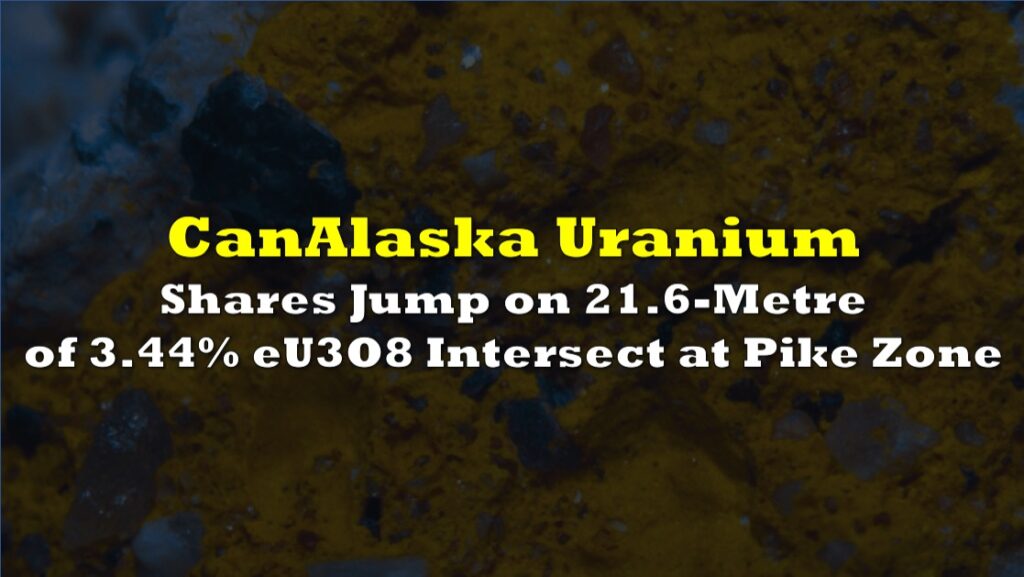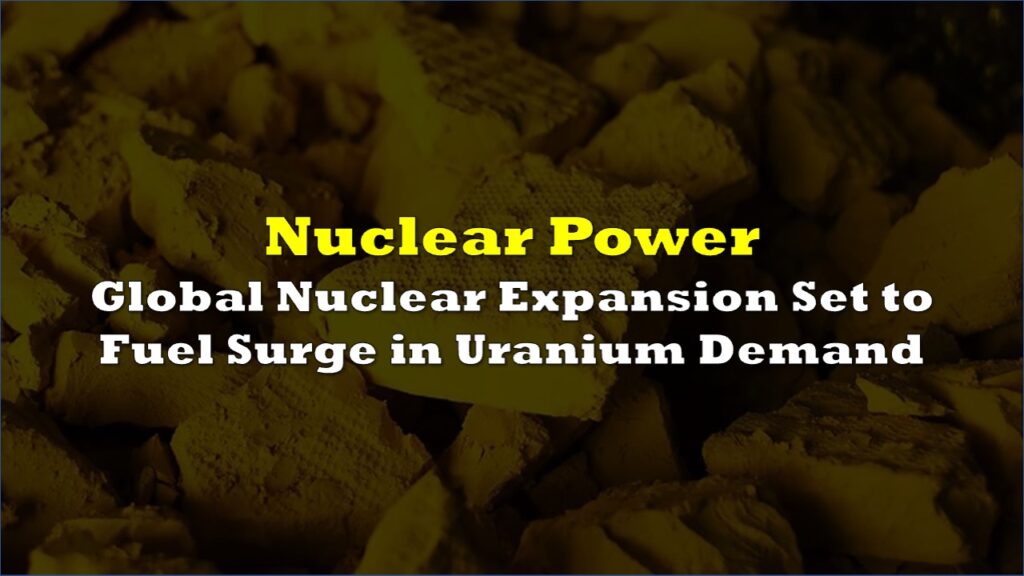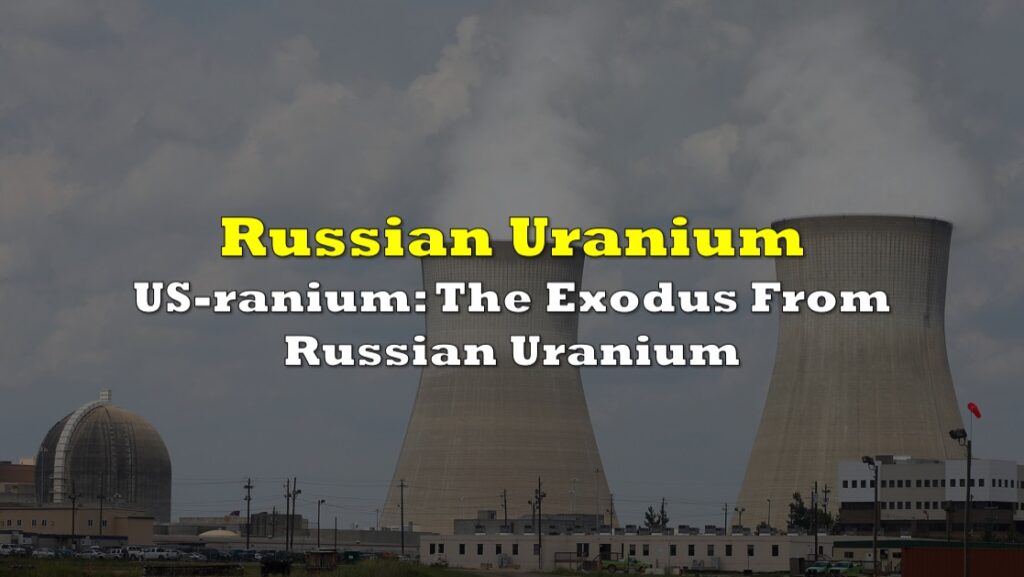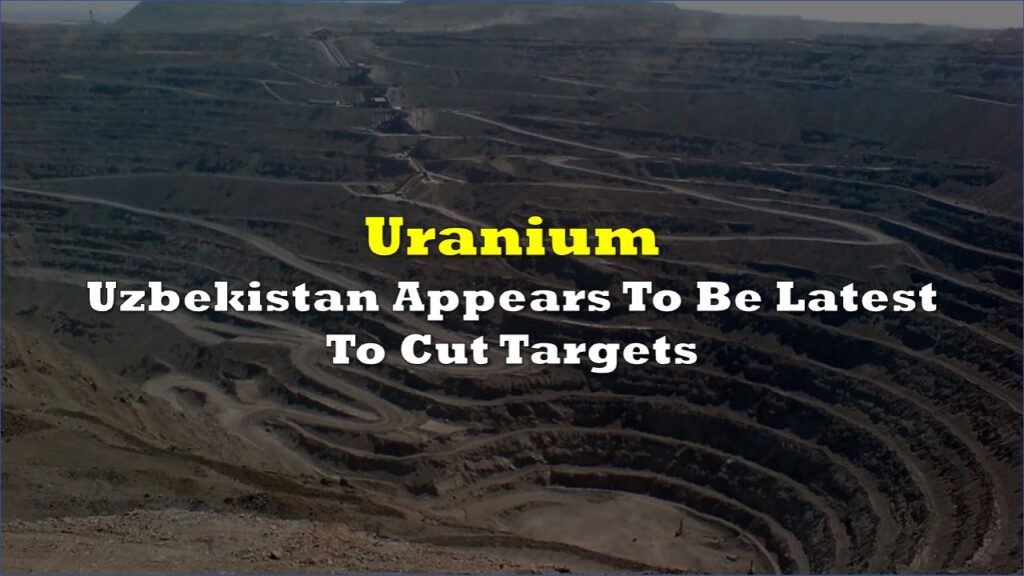Kazatomprom, the world’s largest uranium producer, has cut its 2025 production guidance by 17%, signaling significant operational challenges ahead, despite posting strong financial results for the first half of 2024. The Kazakhstan-based company reduced its production forecast for 2025 to 25,000–26,500 metric tons, down from an initial estimate of 30,500–31,500 metric tons.
This reduction underscores the ongoing difficulties Kazatomprom faces, particularly with delays in construction and shortages of sulfuric acid, which are critical to uranium extraction processes.
#BoomAlert #uranium 💥 $Kap 2025 production guidance of 82 million pounds REVISED DOWN to 65-68 million pounds.
— NostraThomas 🇨🇦🇸🇮 (@SloCan68) August 23, 2024
(The shortfall is equivalent to Cigar Lake's annual production.) pic.twitter.com/JIv1pu09DN
In the first half of 2024, Kazatomprom reported robust financial figures, highlighting a 13% increase in revenue to 701.1 billion Kazakhstani tenge (approximately $1.46 billion). This growth was largely driven by rising uranium prices, reflecting the metal’s growing importance in global energy strategies.
The company’s net profit soared by 27% year-over-year, reaching 283.2 billion tenge ($590.1 million), compared to 222.3 billion tenge during the same period in 2023. This increase in profitability was attributed to higher uranium spot prices, which have climbed significantly over the past year due to increased demand for nuclear energy.
However, Kazatomprom’s operating profit did not see the same level of growth. In fact, it decreased by 10% to 226.7 billion tenge ($468.9 million), down from 252.5 billion tenge in the first half of 2023. This decline was primarily due to a substantial 38% rise in the cost of sales, which reached 443.36 billion tenge ($917.0 million). The increase in costs was largely driven by higher production volumes and the rising expenses associated with uranium purchases from joint ventures and associates.
Kazatomprom also reported significant increases in key cost metrics. The company’s “C1 cash cost” per pound of uranium rose by 38% year-over-year, reaching $16.80 in the first half of 2024, up from $12.18 in the same period of 2023. The “all-in sustaining cash cost,” which includes both C1 cash costs and capital expenditures, surged by 45% to $28.06 per pound, compared to $19.40 per pound in 2023.
Additionally, the company saw a 20% decrease in its inventory of finished uranium products, dropping to 6,132 tons as of June 30, 2024, down from 7,644 tons a year earlier. The decline in inventory reflects the timing of customer delivery requests and the company’s adjustment to lower production targets.
The most pressing issue facing Kazatomprom is its ability to meet production targets amid supply chain disruptions and construction delays. The company’s 2025 production guidance cut is particularly concerning, with the forecast now standing at 25,000–26,500 metric tons, compared to 30,500–31,500 metric tons previously.
This reduction is largely due to significant delays at the Budenovskoye joint venture, where production is now expected to be only 1,300 metric tons in 2025, down from an earlier estimate of 4,000 metric tons—a more than 65% decrease.
25,000 – 26,500 metric tons of uranium, down from 30,500-31,500 tons>>
— Tracy Shuchart (𝒞𝒽𝒾 ) (@chigrl) August 23, 2024
World’s top uranium producer cuts next year’s production targe
Ktazatomprom, the world’s top uranium producer, booked a jump in net profit for the first half of the year on higher market prices for the heavy…
Kazatomprom’s CEO, Meirzhan Yussupov, highlighted the challenges in a recent statement: “Taking into consideration the high level of uncertainties related to the sulfuric acid supply and construction delay challenges, no decision has been taken regarding mine development activity and production volumes for 2026 and beyond.”
The scarcity of sulfuric acid, crucial for leaching uranium from ore, has been a persistent issue, exacerbating production challenges across Kazatomprom’s operations. This supply chain bottleneck has forced the company to reassess its production capabilities, leading to the significant cut in its 2025 guidance.
Kazatomprom has also taken steps to secure its future production capabilities by acquiring new licenses and extending exploration periods at key sites. The company received a pilot production license for the Inkai 3 block and an exploration license for the East Zhalpak block, both of which are seen as strategic moves to address potential supply-demand imbalances in the uranium market.
Information for this story was found via the sources mentioned within the article. The author has no securities or affiliations related to the organizations discussed. Not a recommendation to buy or sell. Always do additional research and consult a professional before purchasing a security. The author holds no licenses.




